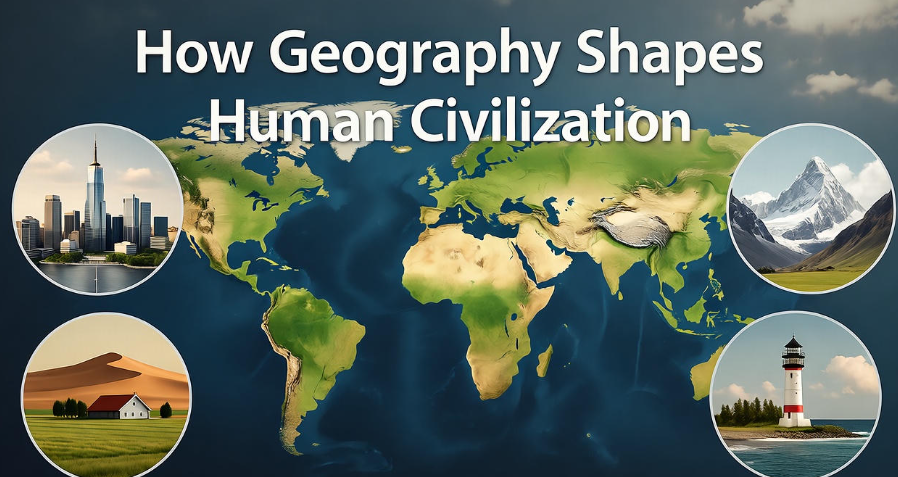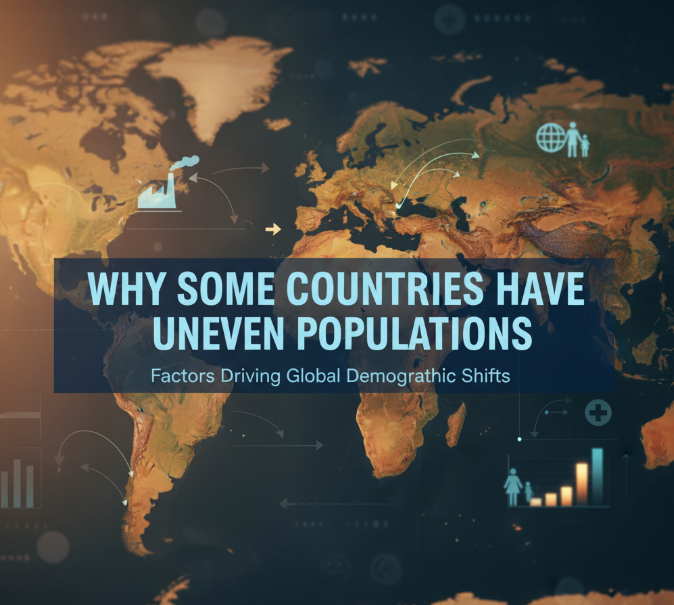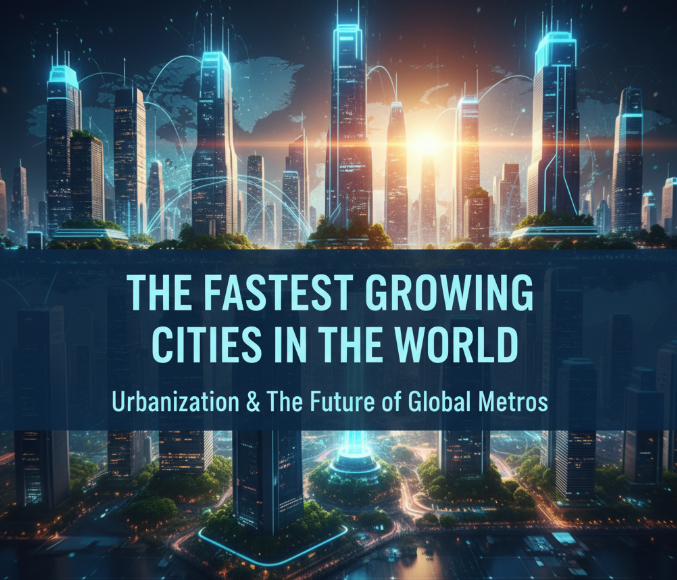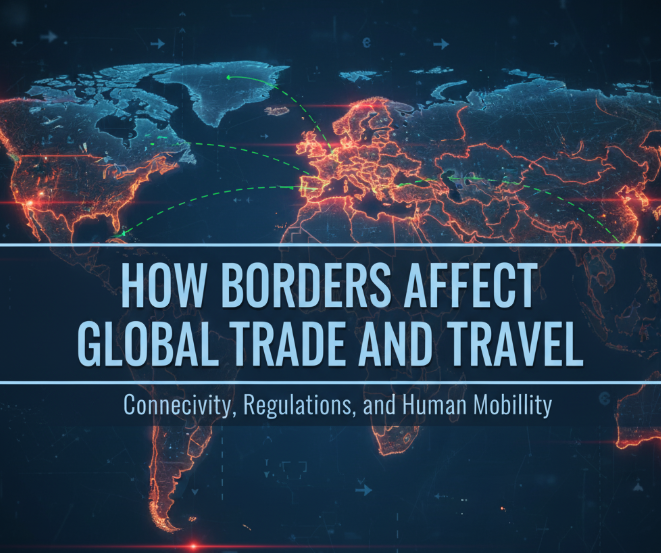It’s easy to forget sometimes, but if we look deep into history, geography has quietly been one of the most powerful forces shaping human life . Every mountain, river, desert, and coastline has played its part in deciding where people live, how they trade, what they eat, and even how they think. Civilization didn’t just grow out of human ideas—it grew from the land beneath our feet.
Let’s explore how geography has guided the story of humanity, step by step, in the simplest, most natural way possible.
The Earth as Our First Teacher
When early humans first roamed the Earth, they didn’t have maps or modern tools. They followed the land—literally. They settled where water flowed, where the soil was rich, and where animals were plenty. It wasn’t random at all. Geography gave them lessons about survival.
For example, people who lived near rivers learned to fish, farm, and trade easily. Those who lived in mountains became great climbers and herders, while those in deserts learned patience, resourcefulness, and the art of storing water.
It’s fascinating, right? Even before writing or kingdoms, geography had already begun teaching humans how to live.
Rivers: The Lifelines of Civilizations
Take a moment to think about ancient civilizations. Almost every great one started beside a river .
Let’s look at a few examples:
| Civilization | Major River | Present-day Country |
|---|---|---|
| Mesopotamia | Tigris & Euphrates | Iraq |
| Ancient Egypt | Nile | Egypt |
| Indus Valley | Indus | Pakistan & India |
| Ancient China | Yellow River | China |
These rivers weren’t just sources of water. They were highways for boats, farms, trade, and ideas. When floods came, they left behind fertile soil. And fertile soil meant food. And food? That meant people could stay in one place, build homes, and start cities.
So, in a way, rivers didn’t just water the crops—they watered the idea of civilization itself.
Mountains: The Protectors and Isolators
Mountains have always been double-edged swords ️. They protect but also separate.
Think about it—people living behind high mountains were often safe from invaders. But they were also cut off from others. That isolation meant fewer trade opportunities, slower technological exchange, and sometimes, unique cultures developing in complete solitude.
Take the Himalayas, for example. They didn’t just shape India’s weather; they also shaped its history. Those tall peaks kept India separate from much of Asia for thousands of years, allowing a unique culture, religion, and language system to flourish.
But on the other hand, countries surrounded by too many mountains—like Nepal—found it harder to trade or farm widely. So, while mountains offered protection, they sometimes limited growth too.
Deserts: The Harsh Teachers of Adaptation
If rivers are gifts of abundance, deserts are tests of endurance ️. But even in those endless sands, people found ways to live, travel, and trade.
The Sahara, for example, looks empty at first glance—but it has been home to traders for centuries. The ancient caravan routes connected Africa to the Middle East, spreading not only goods like gold and salt but also culture, stories, and religion.
Nomadic tribes learned how to find water underground, how to move with the seasons, and how to use stars for navigation. In many ways, deserts taught humanity one of its greatest skills: adaptation.
Seas and Oceans: The Connectors of the World
When we think of geography, we can’t forget the seas . Oceans are often seen as barriers, but for many civilizations, they were bridges to opportunity. Coastal regions grew fast because people could fish, travel, and trade.
Let’s look at this small comparison table to understand how seas shaped different regions:
| Region | Sea/Ocean Influence | Result |
|---|---|---|
| Greece | Aegean & Mediterranean Seas | Birth of sea trade and democracy |
| Japan | Pacific Ocean | Isolation + Cultural uniqueness |
| Britain | Atlantic Ocean | Naval power and colonization |
| Arabia | Red Sea & Persian Gulf | Trade between Africa, Asia, and Europe |
You can see how simply living by the water could change everything—from economy to politics. It’s no coincidence that the world’s biggest cities today—like New York, Tokyo, and Shanghai—are all near coastlines.
Climate: The Silent Shaper of Lifestyles
Let’s be honest—no one can escape the weather ☀️❄️️. Climate shapes what we wear, what we eat, how we build homes, and even how societies organize work.
For example:
-
People in cold regions built thick homes and stored food for long winters.
-
In hot tropical zones, people wore light clothes and built open houses with air flow.
-
In dry areas, they built houses from mud to keep them cool inside.
Climate doesn’t just shape architecture—it affects agriculture too. Wheat grows well in cooler areas, while rice loves water and warmth. Over time, these crops influenced entire cuisines and economies.
Natural Barriers and War
Geography also plays a major role in defense and war strategies. Mountains, deserts, and rivers often acted as natural shields. That’s one reason why empires like Egypt or China could survive for centuries.
For instance, the Great Wall of China wasn’t built on flat land—it followed the natural mountain lines to make it stronger and harder to cross. Similarly, Rome used the Alps to protect itself from northern tribes.
So, in war or peace, geography quietly influenced the outcome long before any battle began.
Resources: The Wealth of the Land
Here’s a simple truth: civilizations rise where resources are found .
Gold, iron, salt, coal, oil—all of these have shaped human history more than we realize. Entire wars have been fought over land rich in minerals or oil. Nations became powerful because of what lay beneath their soil.
Let’s glance at a quick overview:
| Resource | Example Region | Impact |
|---|---|---|
| Oil | Middle East | Modern wealth and global influence |
| Coal | Britain | Fueled the Industrial Revolution |
| Gold | South Africa | Attracted trade and colonization |
| Salt | Mali | Made it a medieval trading empire |
Without these natural gifts, many powerful civilizations might never have existed at all.
-
️ You might enjoy reading: The Smallest Countries With Surprising Influence
Trade Routes and Geography
Trade routes were not random—they followed the lay of the land ️. The Silk Road, for instance, wasn’t just a single road but a network of routes connecting Asia to Europe. It passed through deserts, mountains, and oases—all chosen based on geographical advantage.
Similarly, sea routes like the Indian Ocean trade network linked East Africa, Arabia, India, and Southeast Asia long before airplanes or modern ships existed. Geography decided which paths were safe, fast, and full of opportunity.
Urban Development and Geography
Even in today’s world, geography decides where cities grow. Think about it: major cities usually form near rivers, coasts, or natural resources. Why? Because people always follow convenience.
-
Cities near rivers = cheap transport + fresh water
-
Coastal cities = trade + tourism
-
Mountain cities = protection + beauty (and sometimes, isolation)
Modern urban planners still study geography before building anything new. In short, we may have skyscrapers now, but geography still calls the shots.
Culture and Beliefs
Geography doesn’t just shape where people live—it shapes what they believe .
For instance:
-
Ancient Egyptians worshipped the Nile as a god because it gave them life.
-
Mountain tribes often believed in sky gods or spirits of the peaks.
-
Desert people often saw stars as sacred because they guided them through endless sands.
Even festivals are tied to geography. Harvest festivals, rain prayers, and solstice celebrations—all started because of nature’s rhythms.
So, when we talk about religion or culture, we’re often talking about the land itself, in a different language.
Geography and Modern Challenges
Today, geography continues to shape us—but in new ways.
Rising sea levels threaten coastal cities .
Melting glaciers affect river systems.
Deserts are expanding due to climate change, forcing people to migrate.
We’re seeing once again how the Earth’s shape and climate control human life. The only difference now is that our actions are changing geography faster than ever before.
This is why understanding geography isn’t just about maps—it’s about survival.
The Power of Geography in Human Behavior
Here’s something interesting: geography even influences how people behave. Studies show that coastal societies tend to be more open to change (because they meet travelers), while mountain societies are often more conservative and protective of their traditions.
Let’s take a quick look
| Region Type | Common Traits | Example |
|---|---|---|
| Coastal | Open-minded, trade-focused | Venice, Singapore |
| Mountain | Traditional, self-sufficient | Tibet, Andes Villages |
| Desert | Resourceful, communal | Bedouins, Tuaregs |
| River Valley | Agricultural, cooperative | Egypt, Ganges Plain |
These aren’t hard rules, but they show how geography gently molds our collective personality.
Technology vs. Geography
Now, you might think technology has erased geography’s limits. We have planes, the internet, and global trade—surely, mountains and rivers don’t matter anymore?
Well, not exactly.
Even in the digital age, geography still matters. A country with poor access to oceans may find it harder to export goods. Nations with tough climates spend more on energy. And areas prone to natural disasters still face huge economic challenges.
So yes, technology helps—but geography remains the stage on which human progress plays.
Some Real-Life Examples to Think About
-
Japan – Surrounded by water, with little flat land. That made the Japanese people experts at sea trade, fishing, and technology. They learned to value teamwork because survival meant cooperation.
-
Egypt – Without the Nile, Egypt would be just desert. The river turned it into a green ribbon of life, shaping its religion, economy, and power.
-
Greece – Its rocky islands made land travel tough but encouraged sea voyages, leading to trade, democracy, and exploration.
-
Switzerland – The Alps made it almost impossible to invade, which helped it stay neutral during wars.
Each place tells the same story in different ways: the land shapes the life.
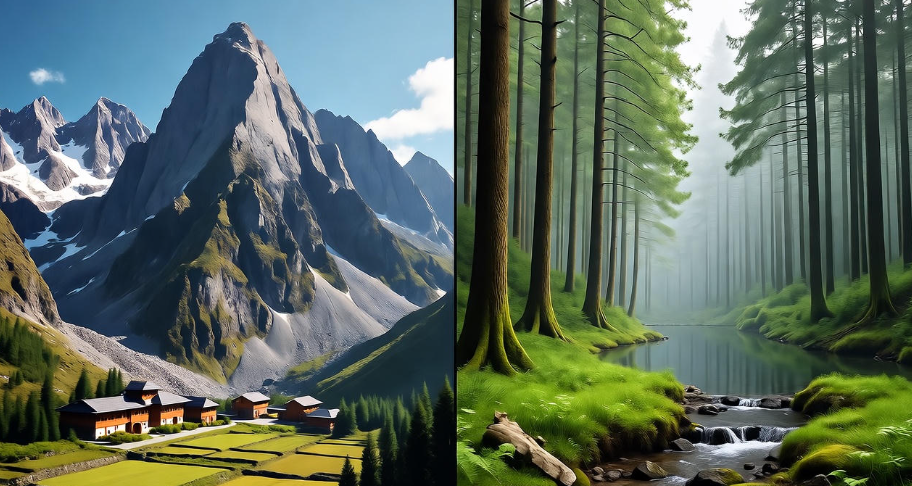
A Quick Timeline of Geography’s Influence
| Period | Geographical Impact |
|---|---|
| Prehistoric Era | Humans followed rivers and plains for food |
| Ancient Civilizations | Rivers and fertile lands allowed farming |
| Middle Ages | Trade routes grew along deserts and seas |
| Age of Exploration | Oceans opened the world to colonization |
| Industrial Revolution | Coal and iron shaped new powers |
| Modern Era | Climate and geography define global politics |
From caves to cities, it’s been one continuous conversation between humans and the Earth.
A Thought to End With
If you think about it, geography isn’t just about maps—it’s about meaning. Every mountain, every coastline, every valley has shaped who we are. Civilizations rise and fall, but geography quietly remains, shaping the next chapter of human history.
In a way, we don’t just live on Earth—we live because of it .
FAQs
Q1: How does geography affect human civilization?
Geography affects everything—where people live, what they eat, how they trade, and even what they believe. It determines access to water, natural resources, and protection from enemies.
Q2: Why did ancient civilizations form near rivers?
Because rivers provided water, food, and fertile soil. They also made transportation and trade possible, which helped societies grow faster.
Q3: Does geography still matter in modern times?
Absolutely. Even with modern technology, countries still depend on their location, climate, and resources for development.
Q4: How does geography influence culture?
Culture often reflects the environment. Mountain regions may have more isolated traditions, while coastal areas usually mix with other cultures due to trade.
Q5: What can we learn from geography today?
We can learn how to live sustainably, protect our planet, and understand why people and nations behave the way they do.
Final Words
Geography is not just about maps or mountains—it’s about identity. It shapes languages, borders, beliefs, and destinies. Every step of human progress has been guided by the shape of the Earth beneath us.
So next time you look at a map, don’t just see land and water—see the invisible hand that has shaped human civilization from the very beginning.

